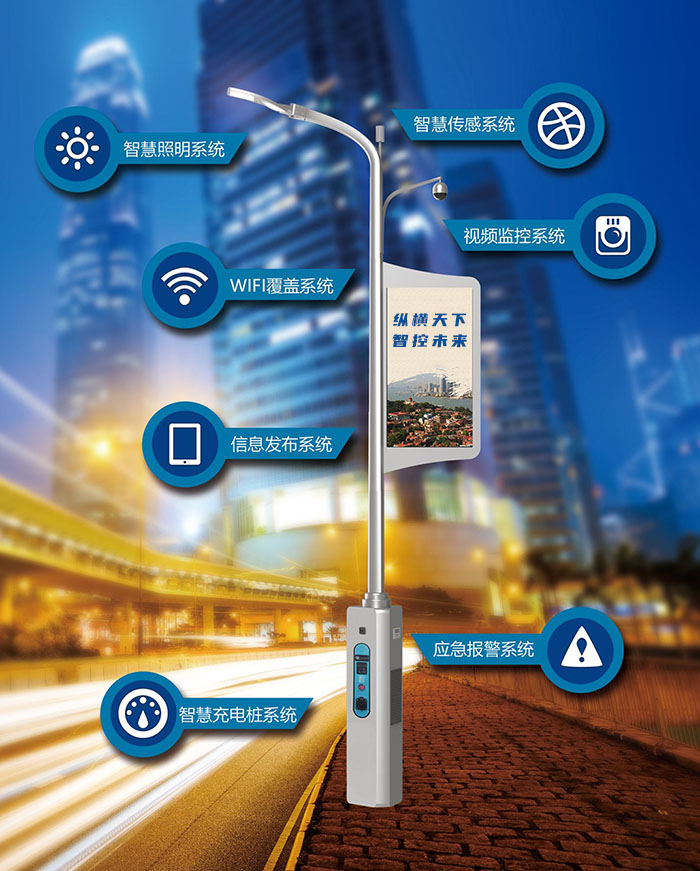Industry insiders estimate that by 2050, nearly 70% of the world’s population will live in urban environments. To help cities become safer and more efficient, cities everywhere are deploying smart city technologies that can be applied to manufacturing, public safety, utilities, transportation and tourism.
Cities can leverage existing facilities, such as street lights, and make these facilities IoT magnets for many city services to ensure their smart cities have advanced features to increase efficiency and security. Streetlights have always been there to protect citizens, but their functionality will change dramatically with the implementation of Internet of Things (IoT) technology.


IoT technology drives smart street lights
Many cities have begun eliminating incandescent bulbs from streetlights in favor of LED lighting, based on the energy efficiency and cost savings of LEDs, as well as the greater safety provided by brighter lights. However, these cities are now further upgrading smart streetlights to improve citywide communications and safety.
With sensors and wireless technology, streetlights of the future will do more than light up the night. Smart street lights may have the following characteristics:
Solar power generation: Going one step further with the energy efficiency advantage of LED bulbs that save 80% energy than traditional lighting, smart street lights will be equipped with solar panels that can not only power street lighting, but also other applications such as charging.
Digital Signage: Gone are the days when road maintenance or traffic crews set up temporary signage. Smart street lights will have digital signage capabilities to alert pedestrians and vehicles of traffic problems, incident information.
Environmental condition monitoring: Smart street lights will be able to monitor temperature, humidity, air quality, etc. City staff can collect and use this data and implement future initiatives to improve citizen safety and quality of life.
Traffic monitoring: Using surveillance cameras, smart street lights can monitor traffic conditions and speed to adjust traffic lights or alert drivers of traffic conditions through digital signage. Smart street lights can also help identify suspicious behavior or enable license plate recognition.
Push-to-talk: Smart street lights can enable pedestrians to ask a digital assistant for directions or connect pedestrians to emergency services.
Charging: With the emergence of electric bikes and scooters in cities, smart streetlights can serve as charging stations for these devices, with some of the power coming from solar panels.
While these features are exciting, there’s a lot of behind-the-scenes technology required to make all of them possible.
Connectivity and power considerations
To enable these smart streetlight features, cities will upgrade or replace existing streetlights based on installed services. Regardless of the approach, providing the necessary connectivity, bandwidth and power for these applications is the first step in configuring streetlights for these applications.
When talking about the Internet of Things, people often think of wireless networks as best suited for these applications, but the Internet of Things is not just a wireless phenomenon. In some IoT applications, a wired connection may be preferred. Ethernet connectivity is a good choice for smart street lights because it is cost-effective and can provide different speeds to meet the needs of each IoT application deployed on the street lights.
Another technology that makes Ethernet a good choice is Power over Ethernet (PoE), which is ideal for smart street lights because a PoE switch can power wireless access points, digital signage, and other systems over the network cable without the need for a separate Power cables and systems.